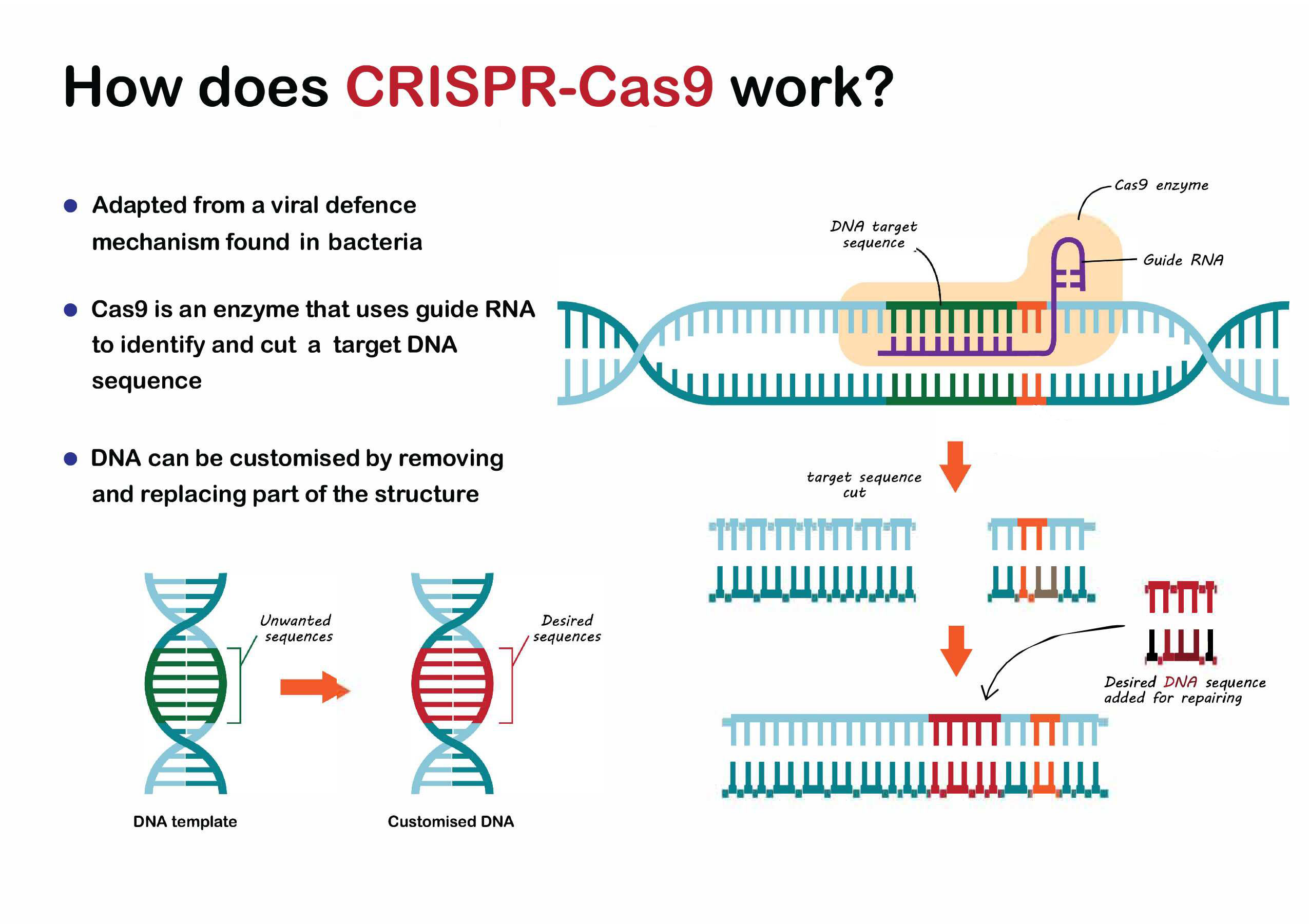world's first gene edited spider Produce Red-Silk
🕷️ Spiders Glow Red: CRISPR Breakthrough by University of Bayreuth Scientists
Scientists have, for the first time, genetically modified spiders using CRISPR-Cas9 — and the result is glowing red silk.
🧬 A Genetic Milestone in Arachnid Science

▲ Genetically modified spiders using CRISPR-Cas9 — and the result is glowing red silk.
Researchers from the Biomaterials Research Group at the University of Bayreuth have broken new ground by applying the CRISPR-Cas9 gene-editing tool to Parasteatoda tepidariorum, commonly known as the common house spider. Spiders have long been elusive subjects for genetic research due to their complex reproductive behavior and egg-laying patterns.
This pioneering effort successfully inserted a genetic marker that caused the spiders to produce silk glowing with red fluorescence under ultraviolet light. The glowing silk offers a visible confirmation that gene editing was successful — a major leap forward in using spiders for bioengineering purposes.
🔬 What is CRISPR-Cas9 and Why is This Important?



CRISPR-Cas9 is a genome editing system that allows for precise alterations to DNA. In this case, the red fluorescent protein gene was introduced into the spider's genome, specifically targeting the silk-producing glands. Previously, only silkworms and simpler invertebrates were successfully edited — but never spiders.
The significance lies in the fact that spider silk is a material of exceptional interest: it’s tougher than steel, biodegradable, and extremely lightweight. Successfully editing the genes of spiders means we could start programming them to produce custom biomaterials with industrial, medical, and military applications.
🌟 How the Red Fluorescent Silk Was Engineered

The scientists injected CRISPR components into spider embryos using microneedles — a highly delicate process that took months of preparation. Once the spiders hatched and matured, they spun silk embedded with Red Fluorescent Protein (RFP) — a well-known bio-marker. Under UV light, the silk emitted a red glow, serving as a visible confirmation of successful gene integration.
This level of control demonstrates that it's possible to customize spider silk with proteins or compounds that give it entirely new properties — such as increased conductivity, elasticity, or visibility.
🕸️ Real-World Applications of Genetically Engineered Spider Silk
- Biomedicine: Glowing sutures or tissue scaffolds that aid in healing and surgical accuracy.
- Smart Textiles: Clothing that glows, changes texture, or responds to temperature or touch.
- Environmental Monitoring: Silk threads that change color in the presence of pollutants or radiation.
- Aerospace & Defense: Lightweight, strong materials for parachutes, armor, or sensors.
🧪 Why Spiders Over Silkworms?
Silkworms are easier to cultivate but have limitations in the strength and versatility of their silk. Spiders naturally produce up to seven different types of silk, each suited for different biological functions — from prey capture to cocoon building. This diversity makes them ideal candidates for engineered biomaterials.
Overcoming the challenge of modifying spider genes now gives researchers a new frontier for creating biological factories tailored to our material needs.
📚 Academic Recognition
The findings were peer-reviewed and published in Angewandte Chemie International Edition, a globally recognized chemistry journal. Experts see this as a pivotal moment in synthetic biology and materials science — showing that even complex organisms like spiders can be genetically tailored for human benefit.
🧠 Final Thoughts: A Silk Revolution
The University of Bayreuth has opened a door to a future where spider silk isn’t just natural — it’s programmable. This means applications from surgical threads that monitor healing, to responsive materials that interact with their environments.
As science progresses, the fusion of genetics and materials could lead to entire industries being transformed — sustainably and biologically.
📌 Key Takeaways
- ✅ First successful use of CRISPR on spiders
- ✅ Spiders produced red fluorescent silk
- ✅ Spider embryos were genetically edited using microneedles
- ✅ Opens the door to programmable biomaterials
- ✅ Published in Angewandte Chemie
Would you wear a jacket made from glowing spider silk? Or trust it to heal wounds?
Share your thoughts in the comments! 👇







Leave a Comment